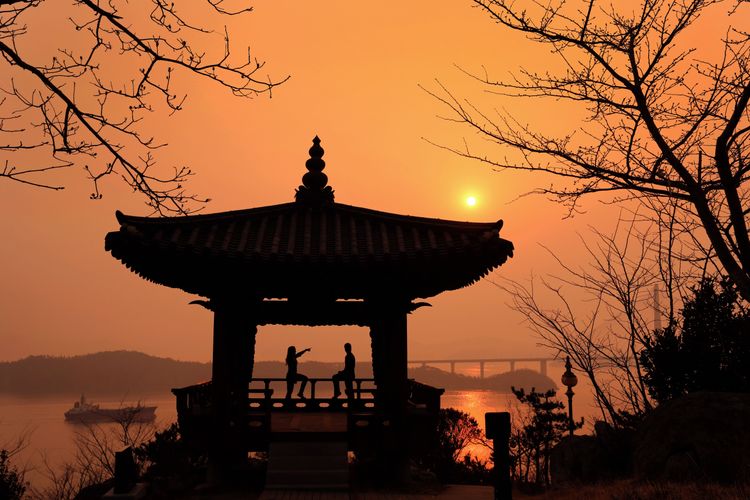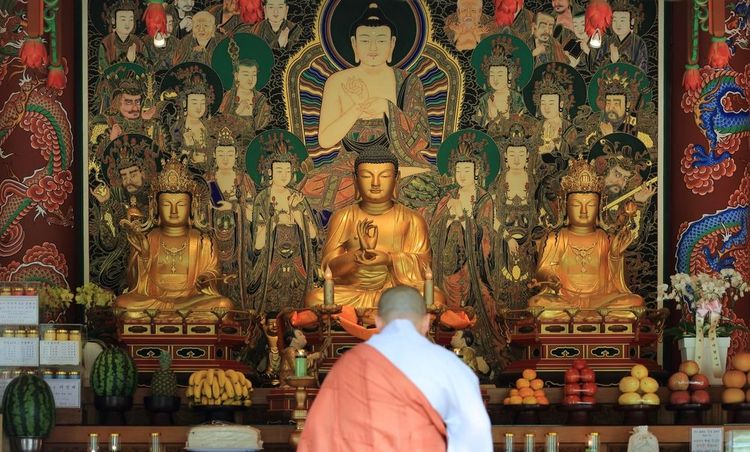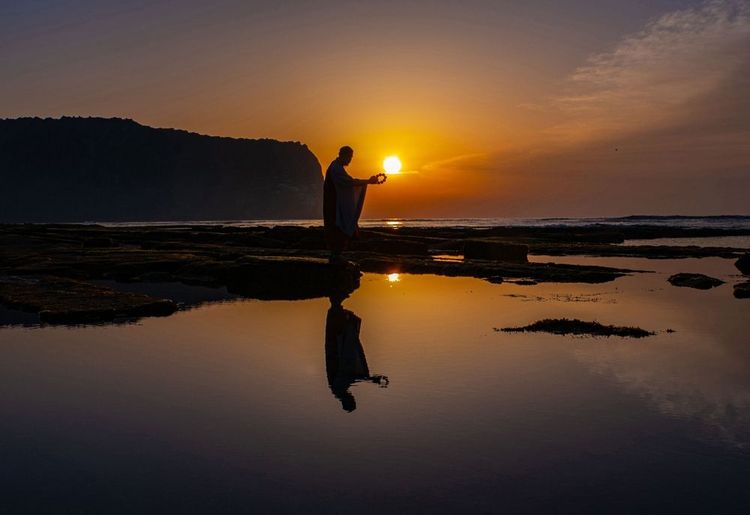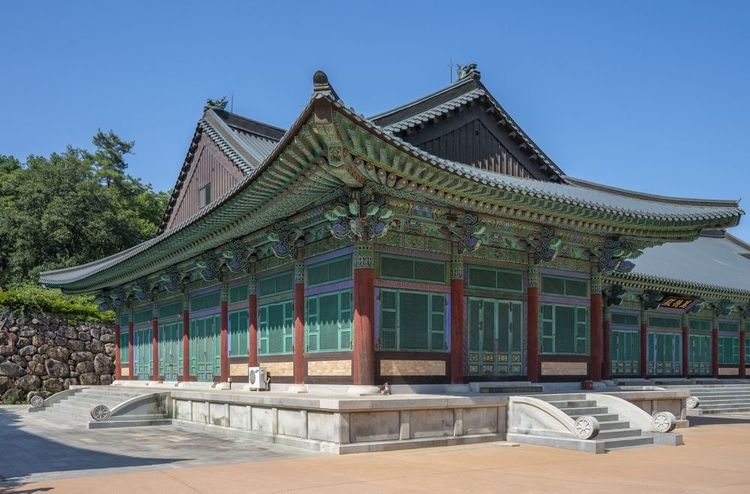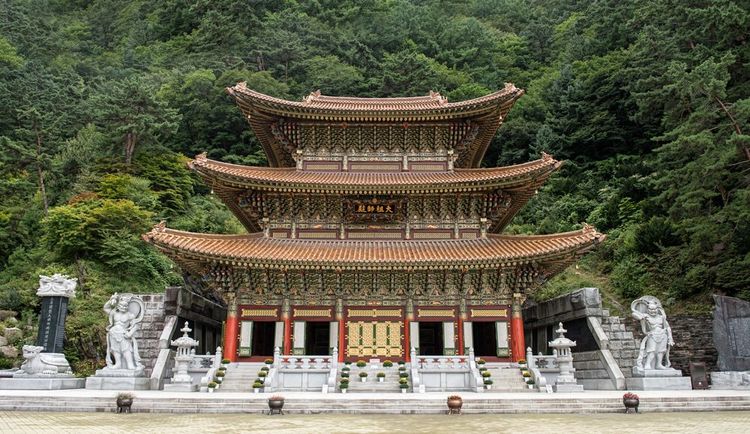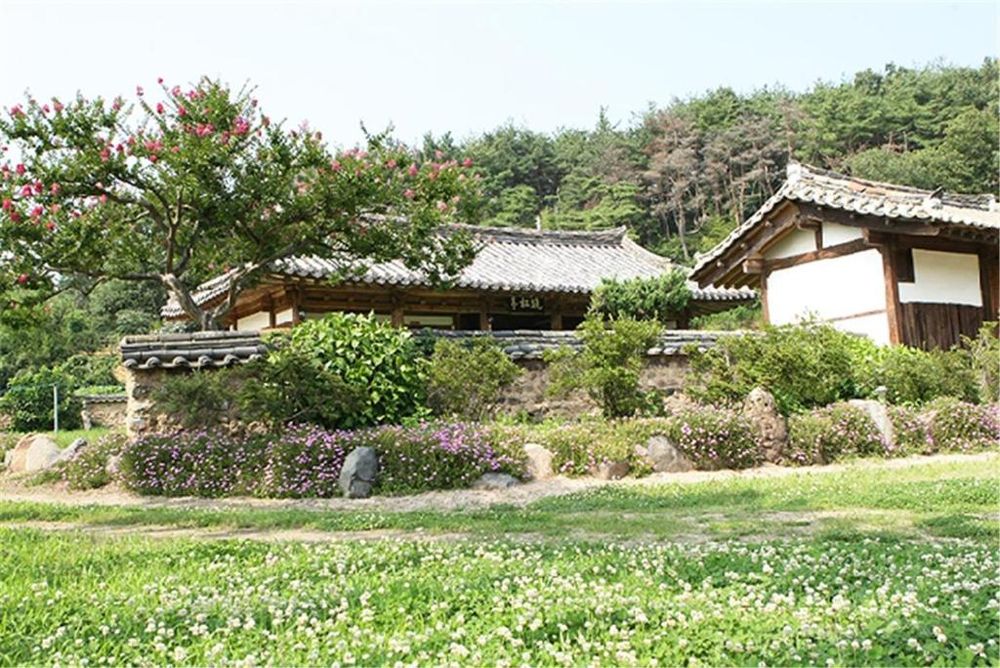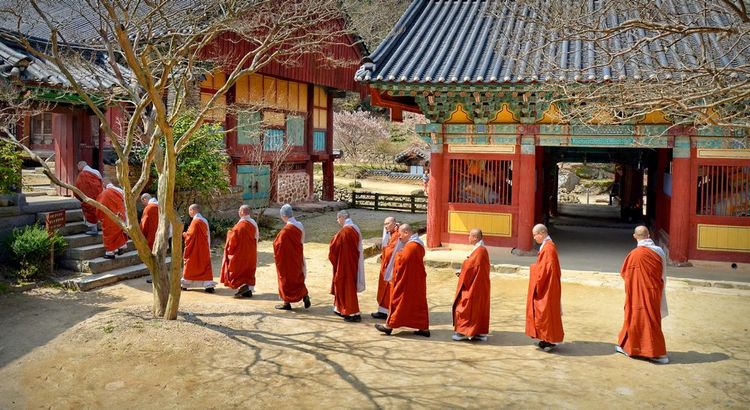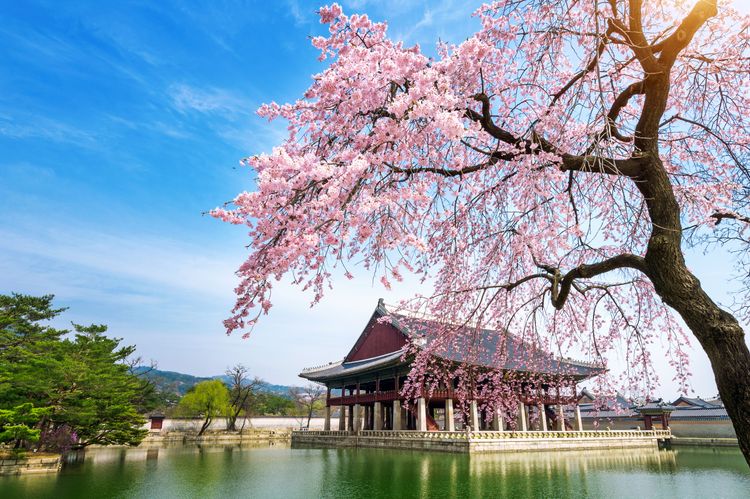Templestay is a unique cultural programme in South Korea. There are many Buddhist temples across the country that allow travellers to spend a night, join in meditation or other activities. This programme allows guests to discover the life of the monks, who are all very welcoming.
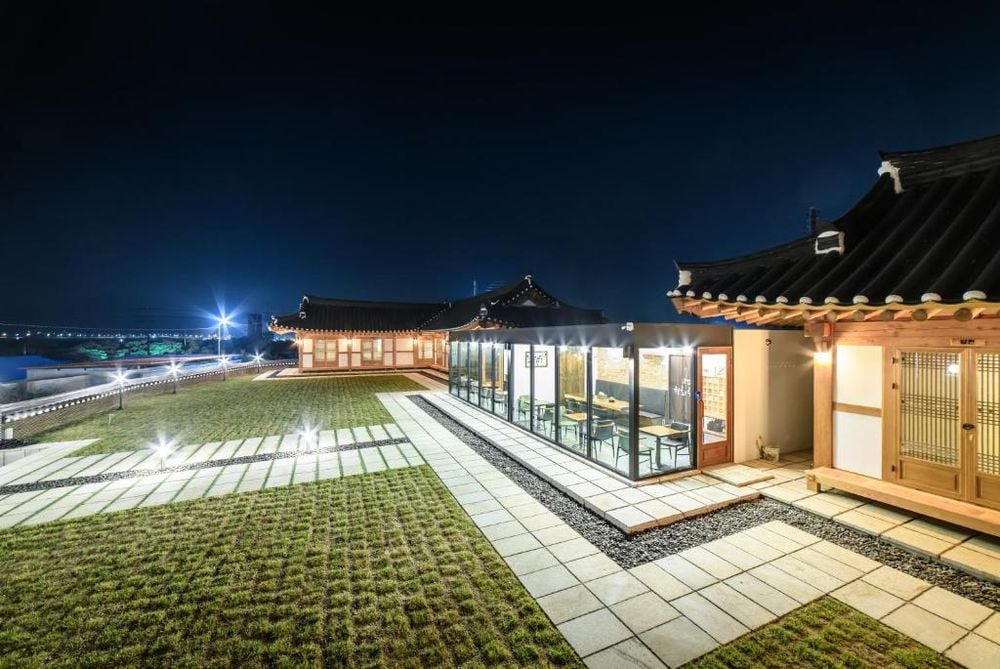 South Korea
South Korea
